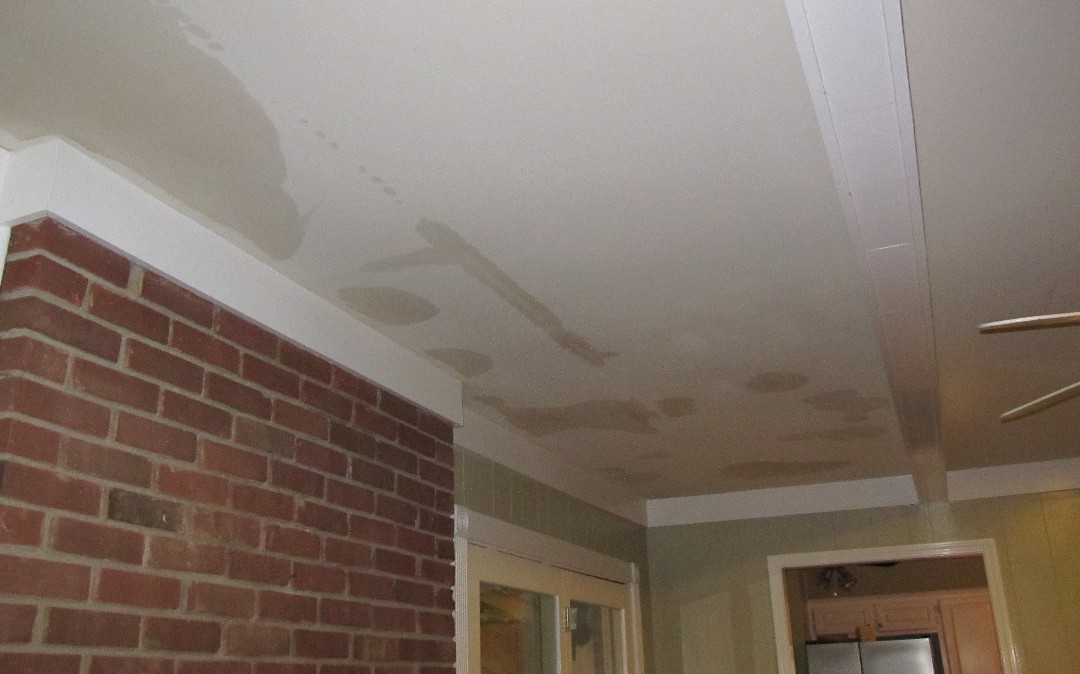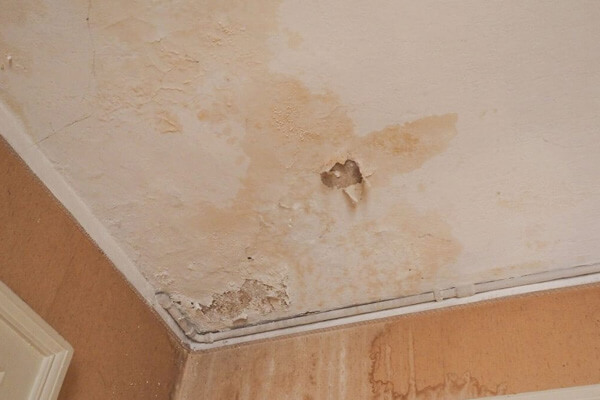Wall Water Stains Revealed - Your Roadmap To Checks And Repairs
Wall Water Stains Revealed - Your Roadmap To Checks And Repairs
Blog Article
Just how do you actually feel when it comes to Water Stains on Walls?

Water spots on wall surfaces are not enjoyable to the eyes. In some cases it appears virtually inevitable to experience water discolorations on wall surfaces in houses.
Homeowners living in moist regions constantly deal with the concern of water stains on wall surfaces. With all-around and also precise info on the reasons of water spots and punctual repair work procedures, you will constantly be a step in advance of such incidents.
3 Usual Root Causes Of Water Stains on Wall Surfaces
Contrary to popular belief, water discolorations on walls do not constantly come from inadequate structure materials. There are a number of sources of water stains on wall surfaces. These include:
Poor Drain
This will certainly protect against water from seeping into the walls. This web links to too much wetness that you notice on the walls of your building.
So, the leading source of damp wall surfaces, in this instance, can be a poor drainage system. It can additionally result from inadequate monitoring of sewer pipelines that go through the structure.
Moist
When warm wet air meets completely dry cool air, it causes water droplets to form on the walls of buildings. When there is heavy steam from food preparation or showers, this occurs in bathrooms and kitchens. The water droplets can discolor the surrounding walls in these parts of your house as well as spread to other areas.
Moist or condensation affects the roof and also wall surfaces of buildings. When the wall surface is damp, it creates an ideal atmosphere for the growth of fungi and microbes.
Pipeline Leaks
A lot of homes have a network of pipes within the walls. This ensures that the pipelines are faraway from the reach of damaging rodents. It always enhances the viability of such pipelines, as there is little oxygen within the walls. This discourages corrosion.
A drawback to this is that water leakage affects the wall surfaces of the building and also causes prevalent damage. A telltale sign of defective pipelines is the appearance of a water tarnish on the wall surface.
Water Stains on Wall Surface: Repair Tips
When dealing with water stains, house owners would typically desire a quick repair. They would soon understand this is counterproductive as the water discolorations recur. So, here are a couple of helpful ideas that will certainly direct you in the repair service of water discolorations on walls:
Pro Idea
A houseplant in your house additionally increases its humidity. So, if your home is currently moist, you might want to introduce houseplants with minimal transpiration. An example of appropriate houseplants is succulents.
Final thought
No one wants to have water stains on walls in their home, it can happen to the best of us. This short article provides you take advantage of, as you now understand exactly how to handle this accident if it does happen.
It is always best to recruit professional services to help fix the damages in your home.
Sometimes it seems almost unpreventable to experience water discolorations on wall surfaces in residences.
In contrast to prominent belief, water stains on walls do not always stem from inadequate structure products. There are numerous causes of water stains on wall surfaces. The water beads can discolor the surrounding walls in these parts of your residence and also spread to various other areas.
Here are a few helpful pointers that will certainly assist you in the repair service of water stains on walls:
CHECKING FOR WATER DAMAGE
Water damage can be costly, and it may begin before you even notice the first signs of trouble. Water damage can cause mold and mildew in your walls and floors, which can create an abundance of health concerns for your family. It can also lead to costly repairs of various appliances and general home fixtures. To avoid the pricey consequences of water damage, here are Warner Service’s top 5 places you should check:
The walls – The easiest place to spot the beginnings of water damage is on the walls and ceilings of your home. If water damage is present, there will most likely be water stains, especially around the windows and doorframes, and/or cracks in the drywall. If a stain looks unusual (discolored to brown, black or gray, raised texture), has a swollen appearance or is soft to the touch, contact a professional immediately. The pipes – To avoid water damage, consistently check the pipes in your kitchen (especially the dishwasher and ice maker), bathrooms, laundry room (specifically washing machines) and basement for corrosion, leaks and water stains. Pay special attention to where the pipes connect in your home and the location of caulking around the bathroom fixtures, including toilets, sinks, showers and tubs. Missing or loose caulking and grout could be signs of leaking water. This seepage can also quickly cause mold and rust, so double check your water heater and tank for wet spots on the floor. The floor – Water damage is very easy to spot on the floor. Look for any warping or buckling of the material, especially in the basement. If your home has wood flooring, look for bright white or dark stains. If your home has carpeting, keep it dry and clean. A damp carpet that smells of mold could cause water damage and health problems. To avoid this, consider installing floor pans under your appliances to help prevent damages from small, slow and undetected leaks. The basement and attic – If your basement or attic smells odd check for mold and mildew around the area, especially the valley where the roof meets. While you are inspecting those areas, check for wall cracks, floor stains, rust and dampness in the insulation. If you live in a colder and/or rainier climate, perform routine checks for water damage from melting snow or ice and rain. The exterior – Check the roof for damaged flashing and missing, cracked or curled shingles. There should also be no standing water anywhere outside your home. This could be caused by puddles, leaky rain gutters or hoses, poor drainage, or short gutter spouts. Invest in a sump pump system or water flow monitoring system, and perform routine maintenance on these outdoor appliances to avoid indoor water damage.

I was introduced to that write-up on How to Remove Water Stains from Walls and Ceilings through someone on a different web blog. Do you know about anybody else who is in the market for the topic? Feel free to promote it. I cherish reading our article about Water Stains on Walls.
Source
Report this page